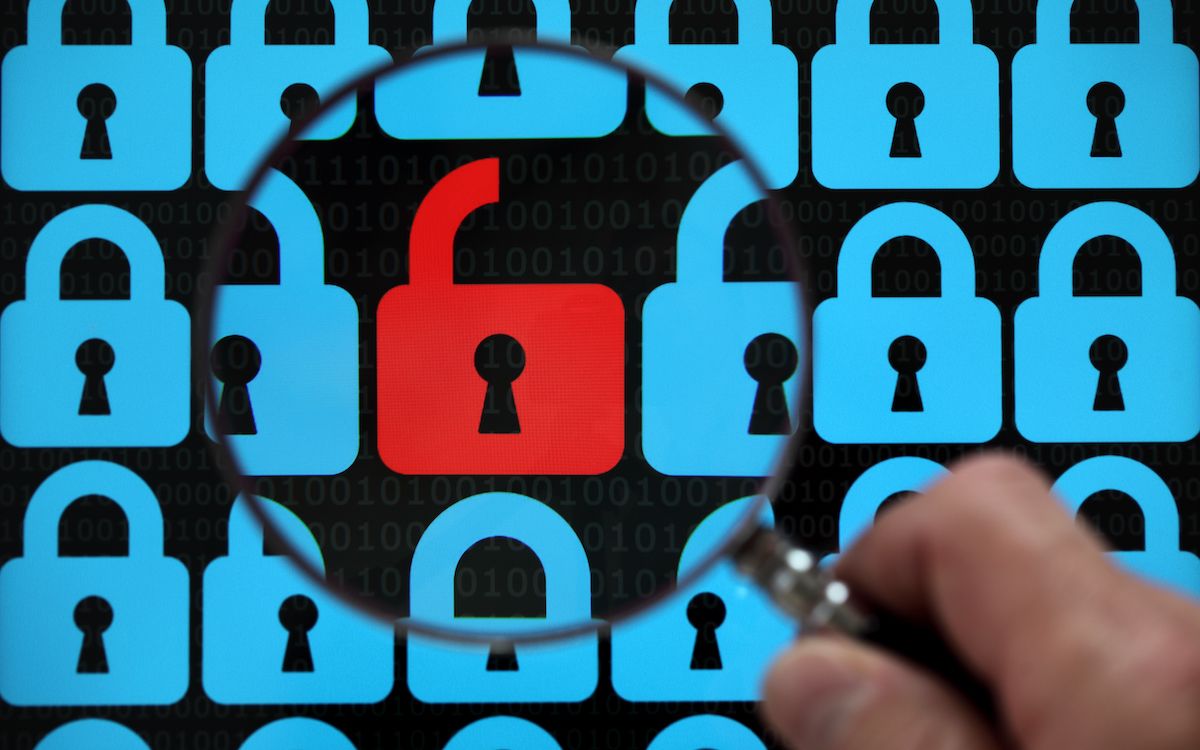
Ecommerce sites routinely collect data about their customers—names, email addresses, passwords, credit card numbers, and so on. This is sensitive data that can cause much harm if it gets into the wrong hands, and holding such data puts your ecommerce site at high risk of cyberattacks. In fact, according to SonicWall’s biannual report, the ecommerce and online retail industry saw a 264% surge in cyberattacks in 2021.
Your customers are not the only ones at risk either. Ransomware attacks can easily bring down your online store and lead to a loss of revenue until you pay hefty ransoms.
With the risk of such attacks happening at any time, it is important to implement strong security measures to protect your site and your customers’ data. One of the best ways to do this is to perform regular security edits on your ecommerce site.
In this article, we’ll look at how to audit the security of your ecommerce website. But first, let’s understand what a security audit entails.
What Is an Ecommerce Site Security Audit?
A security audit is the process of evaluating all elements of your ecommerce site to identify potential vulnerabilities and loopholes that someone could use to attack or exploit the site. The aim is to fix any identified vulnerabilities before they’re used against you.
Below are eight key actions you need to take during a security audit for your ecommerce site.
1. Run a Security Scan
The first step in a security audit is scanning your ecommerce site for errors, malware, outdated software, and other common vulnerabilities. There are several tools that you can use to do this that will give you a report highlighting each identified vulnerability and its threat level. Some also provide tips and recommendations on how to address identified vulnerabilities.
2. Check Your Homepage for Unexpected Changes
Any changes on your homepage that you have not implemented yourself could signify a potential intrusion. Watch out for unexpected redirects, pop ups that aren’t yours, and changes like text or images you didn’t put on your homepage. If you notice anything like this, you need to take a deeper look into your site and identify where these changes originated.
3. Check Whether You’re Collecting Unnecessary Data
Every ecommerce site collects some information about its customers. However, not all of this information is always necessary. For instance, your customers’ names and email addresses are essential. However, there’s no need to collect customers’ payment details when using a payment gateway to process payments.
By collecting such information, you’re responsible for protecting it, yet it doesn’t add any value. To minimize your security risks, avoid collecting any data you don’t need.
4. Check Whether You’re Using a Secure Platform
Your chosen ecommerce platform has a significant impact on your site’s security, which is why choosing a reputable platform like Volusion is crucial. Changing your ecommerce platform can be quite a hassle, so this is something you need to get right from the very beginning—when first starting your online store. You should go for a platform and hosting provider that has best-in-class security protocols, regularly updates its software, and constantly monitors its networks for breaches and malware.
5. Check Whether Your Software Is Up to Date
Outdated software is highly vulnerable to cyberattacks. Therefore, you should regularly check your online store and ensure that you’re running the latest versions of your CMS, themes, plugins, extensions, modules, and other software. The updated versions usually have security patches against all known vulnerabilities at that point, so keeping your software up-to-date is a great way to protect your site.
6. Ensure That Your Website Is PCI Compliant
If your ecommerce site accepts credit card payments, you must ensure PCI compliance. Not only does complying with PCI standards help secure transactions, but it also helps you build customer trust. If your site is not compliant, many customers will have qualms about typing their payment information on your site. This affects your checkout experience and can lead to lost sales. Additionally, if a breach happens and your ecommerce site isn’t PCI compliant, you risk paying hefty fines and penalties.
7. Evaluate Your Site Traffic
Your traffic patterns are a good indicator of what is happening on your site. For example, if you experience a spike in traffic, this could indicate that your investment in your SEO strategy is paying off. Similarly, a sharp drop in traffic could indicate a problem, such as a Google penalty.
Sometimes, traffic patterns can warn you of an impending or ongoing attack. For instance, if you notice a considerable increase in traffic, yet there’s no clear reason behind the spike, this could signify a botnet attack. If you see any changes in traffic patterns that you can’t explain, always take a closer look. The change could be caused by an attack.
Wrapping Up
As an ecommerce site owner, you’re responsible for your site and your customers’ data. With attacks on online shopping sites becoming increasingly common, it’s important to perform regular security audits to identify potential vulnerabilities and fix them before someone exploits them.
Regularly run security scans on your site, watch out for any unexpected changes on your homepage and traffic patterns, and avoid collecting unnecessary data. You should also ensure that you have a secure ecommerce platform, regularly update your software, and ensure that your site is PCI compliant.











